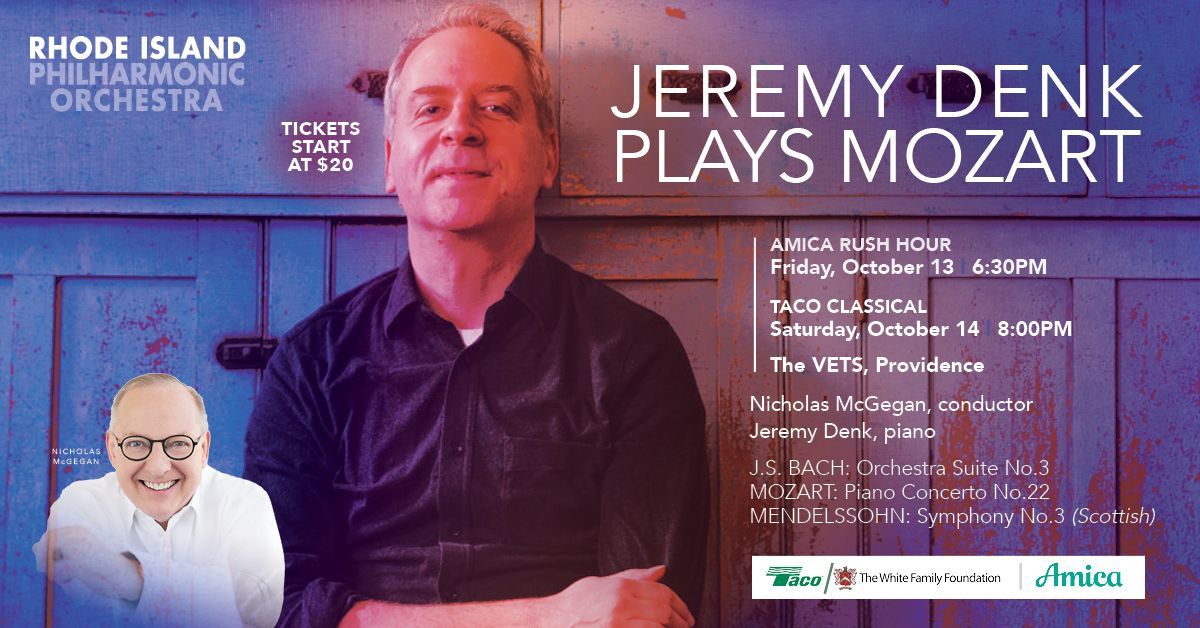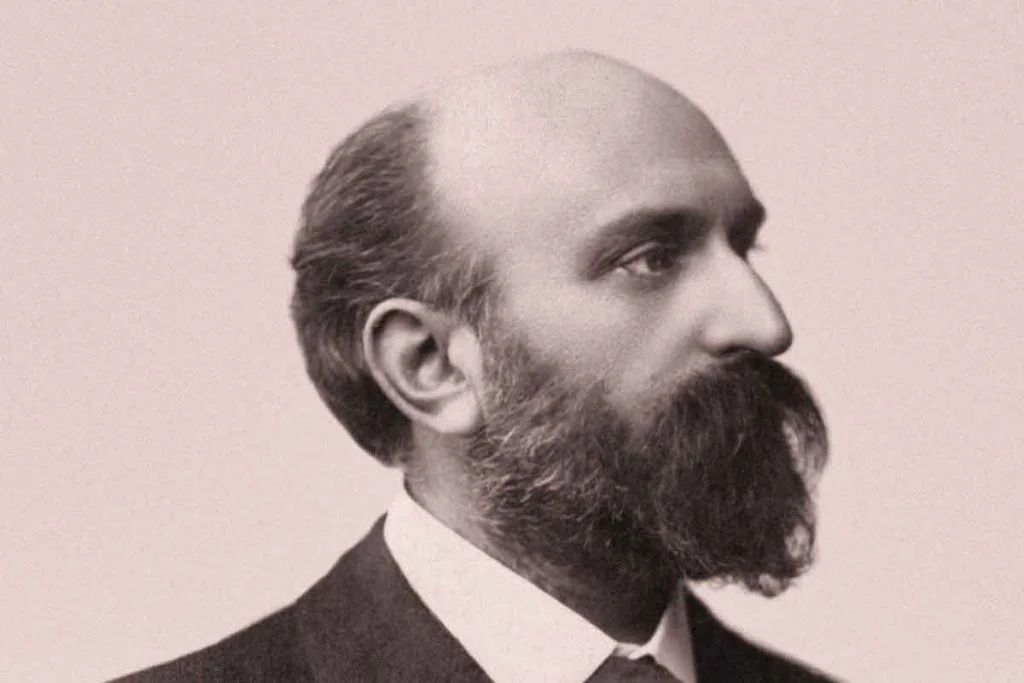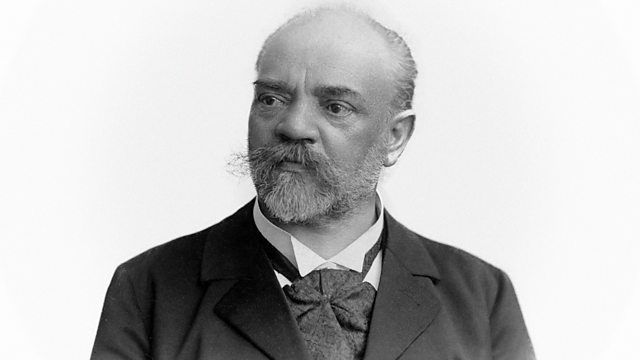THE STORY BEHIND: Bach's Orchestra Suite No.3
Share
On October 13 & 14, conductor Nicholas McGegan and the Rhode Island Philharmonic Orchestra will present JEREMY DENK PLAYS MOZART with pianist Jeremy Denk.

Title:
Orchestra Suite No.3, BWV 1068, D major
Composer:
J.S. Bach (1685-1750)
Last time performed by the Rhode Island Philharmonic:
Last performed May 8, 1982 with Alvaro Cassuto conducting. This piece is scored for two oboes, three trumpets, timpani, continuo and strings.
The Story:
The models for the four orchestral suites by J.S. Bach go back to the court of Louis XIV and its brilliant composer, Jean-Baptiste Lully. In line with French taste, Lully’s operas were full of instrumental dances. Outside of operatic performances, this music took life as suites of dance movements. Generally, the center of attention in an orchestral suite was its opening movement, a French
ouverture, formed in two large, repeated sections: The first was majestic with marked rhythms, the second lively and fugal, but usually ending with a return to the majestic spirit (and sometimes also the themes) of the opening section. After the
ouverture, a loosely organized suite of dances in the same key would follow.
The exact dates of composition for Bach’s orchestral suites are open to question. It is possible that he composed some of them for Cöthen, where he was court music director from 1717 to 1723. However, Bach presented performances of them later with the Telemann Musical Association (Collegium Musicum) in Leipzig.
The third suite is scored for three
clarino
trumpets, timpani, and two oboes (implying the addition of a bassoon in the
basso continuo part). This instrumentation suggests joy, and the suite certainly contains that, but there is a broad palate of other moods as well. The
Ouverture
movement follows the typical form, with oboes doubling the violins most of the time. The vite fugal section is particularly effervescent and then tempered at the end by the return of the majestic rhythms of the opening section.
The
Air
that follows, for strings alone, is probably the most famous and most sublime movement among Bach’s orchestral suites. The long line of the first violin spins out its cantilena against a walking bass line, while the inner strings provide support and occasional contrapuntal commentary.
The remainder of the suite is for full orchestra. First is a pair of
Gavottes, the first joyful and aristocratic and the second in the manner of a stately country dance with a recurring introductory motive. In the agile
Bourrée, the strings carry the chief lines, while the remaining instruments emphasize characteristic rhythms. The final
Gigue
spotlights the high trumpets. Their lines, supported by the full orchestra, conduct a dialogue with the strings alone, bringing the suite to a close in an atmosphere of festivity.
Program Notes by Dr. Michael Fink © 2023 ALL RIGHTS RESERVED
Tickets start at $20! Click HERE or call 401-248-7000 to purchase today!







